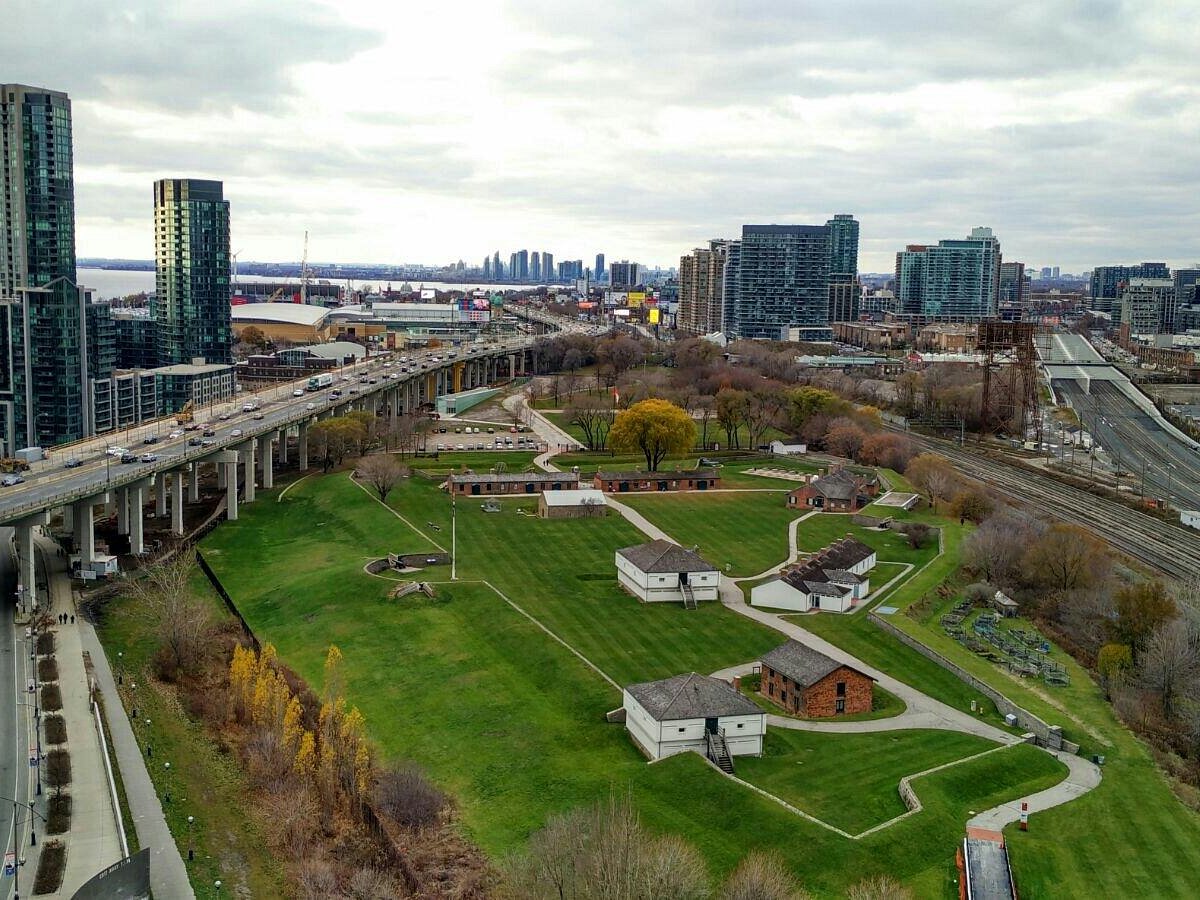Plan Your Visit: Fort York National Historic Site Schedule Details
Plan Your Visit: Fort York National Historic Site Schedule Details
Blog Article
Dive Into the Remarkable Past of Ft York National Historic Site With Gallery Displays
Nestled within the heart of Toronto exists Fort York National Historic Website, an area where history comes alive through meticulously curated gallery display screens. The artefacts and displays housed within the gallery walls provide a home window into the past, losing light on the pivotal role Fort York played in shaping the landscape of Canada.
Discover the Origins of Ft York
Nestled within the vibrant city of Toronto, Ft York National Historic Website stands as a testimony to the very early military background of Canada. Established in 1793 by John Graves Simcoe, the first Lieutenant Governor of Upper Canada, Ft York was strategically placed to safeguard the brand-new negotiation of York versus possible American invasions. The fort played a critical duty during the Battle of 1812, holding up against attacks by American forces in 1813.
The origins of Ft York mirror the tensions and disputes that shaped very early Canadian background. The choice to create the fort was driven by the demand to safeguard British interests in The United States and Canada and protect a foothold in the area. The layout of Fort York, with its protective wall surfaces, barracks, and police officer quarters, showcases the military methods of the time.
Site Visitors to Ft York can discover the origins of this historical website with assisted excursions, interactive exhibitions, and informative displays. By diving right into the origins of Ft York, visitors can gain a much deeper understanding of Canada's military past and the difficulties faced by early inhabitants in the region.
Uncover Armed Force Life at the Fort

Living conditions for soldiers at Fort York were basic yet vital for survival. Barracks were straightforward structures that housed multiple soldiers, cultivating sociability and a sense of unity among the soldiers. The soldiers' diet regimen consisted primarily of provisions such as salty meat, bread, and beans, showing the practicality of army provisioning throughout that age.

Discover Aboriginal Point Of Views and Artefacts
Delving right into the historic narrative of Fort York National Historic Site reveals a rich tapestry of Indigenous point of views and artifacts that provide a special understanding into the site's cultural value. The Native existence in the area predates the construction of the ft, highlighting a deep connection to the land and its background. Site visitors can explore displays showcasing Indigenous artifacts, from tools and pottery to apparel and art work, giving a look into the everyday lives and customs of the Native peoples who lived in the region.
Through these artefacts, site visitors can acquire a far better understanding of the diverse Indigenous cultures that have actually shaped the area for centuries. In addition, expository panels and interactive screens supply important info on the historical communications between Native communities and European inhabitants, clarifying the facility relationships that have actually affected the advancement of the area.
Witness the Battle of 1812
Exploring the historic events of the War of 1812 at Ft York National Historic Website discloses turning points that shaped the site's relevance in Canadian history. Throughout the Battle of 1812, Fort York played an essential duty as a strategic military outpost safeguarding the community of York (now Toronto) and safeguarding the entryway to the critical Upper Canada region. Site visitors can witness remnants of this problem with the scars left on the fort's frameworks by American barrages in 1813. The exhibitions at Fort York give birth to the experiences of soldiers and civilians during this tumultuous duration, showcasing artifacts such as weapons, attires, and individual belongings that use a look into life in an armed forces ft. Educational programs and interactive displays delve into the techniques utilized, the effect on the neighborhood area, and the lasting legacy of the battle on forming Canada's identity. By seeing the War of 1812 at Fort York, site visitors obtain a much deeper understanding of the sacrifices made and the strength revealed in protection of Canadian sovereignty.
Engage With Interactive Gallery Displays
During your check out to Fort York National Historic Site, engage yourself in the captivating globe of history by involving with interactive museum displays that strongly portray the tales and artefacts from the Battle of 1812. These ingenious screens supply a hands-on experience, allowing visitors to interact with historic objects and involve themselves on the occasions that shaped the ft's past.
One of the most interesting interactive displays is the substitute cannon shooting experience. Site visitors can step right into the shoes of a soldier during the Battle of 1812 and learn more about the methods and techniques made use of in fight. By operating a virtual cannon, guests gain a much deeper understanding of the firepower involved in historical problems.
Furthermore, the interactive map display offers a vibrant means to check out the geographical relevance of Fort York during the Battle of 1812. Visitors can trace the motion of soldiers, recognize essential fight locations, and value the ft's critical setting within the broader context of the battle.
Involving with these interactive gallery displays offers a instructional look at this now and vibrant experience that brings background to life at Ft York National Historic Site.
Conclusion
Finally, the Ft York National Historic Website uses a captivating glance right into the past through its museum displays. Visitors can find out concerning the origins of the fort, armed forces life, Indigenous point of views, and the War of 1812 (Fort York National Historic Site Tours). The interactive exhibits give a academic and interesting experience, enabling visitors to submerse themselves in the background of this substantial site. Strategy a see to Ft York to discover the abundant history and stories that are maintained within its walls.
Developed in 1793 by John Graves Simcoe, the very first Lieutenant Guv of Upper Canada, Ft York was strategically placed to protect the new settlement of York versus possible American invasions. Soldiers posted at the fort adhered to a stringent schedule that consisted of drills, guard responsibility, and maintenance jobs to maintain the fort functional.
Discovering the historical occasions of the Battle of 1812 at Ft York National Historic Site discloses crucial moments that shaped the site's importance in Canadian history. During the War of 1812, Fort York played an important role as a critical army station protecting the town of York (now Toronto) and securing the entryway to the crucial Upper Canada region. The exhibits at Fort York bring to life the experiences of soldiers and civilians during this turbulent period, showcasing artefacts such as tools, uniforms, and personal items that provide a glimpse right into day-to-day life in an army fort.
Please visit one of our local supporters - Profix Macbook Repair Toronto
Report this page